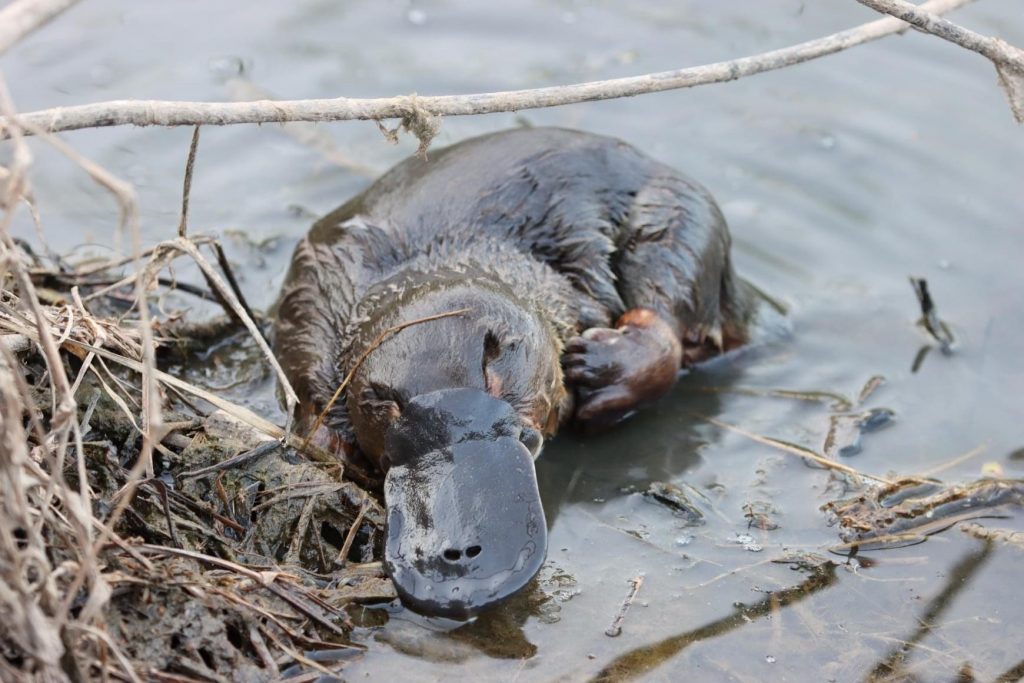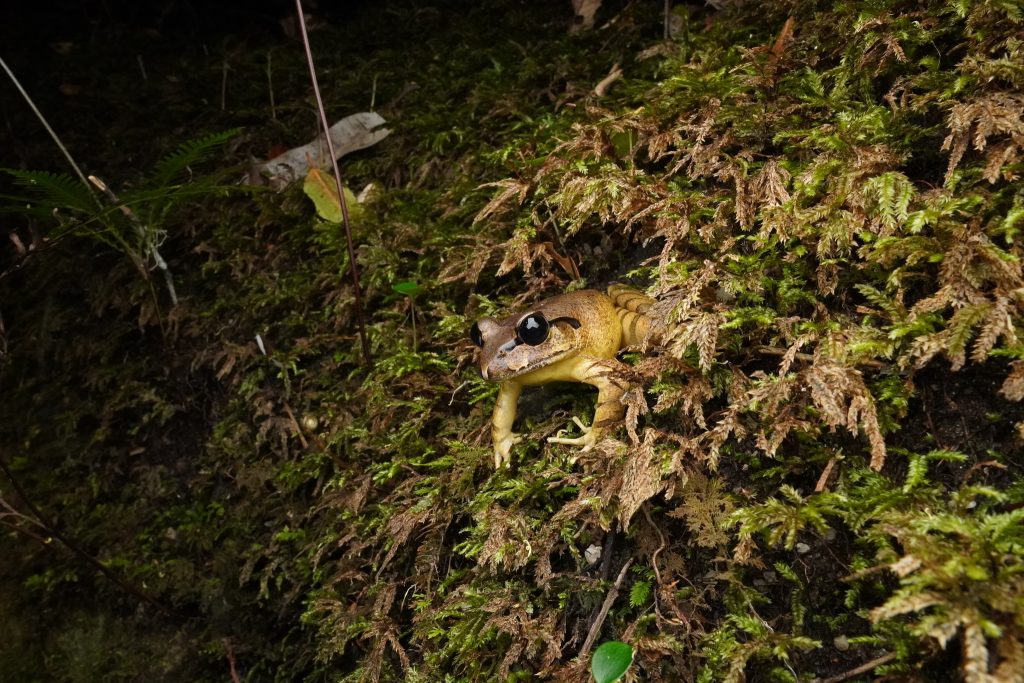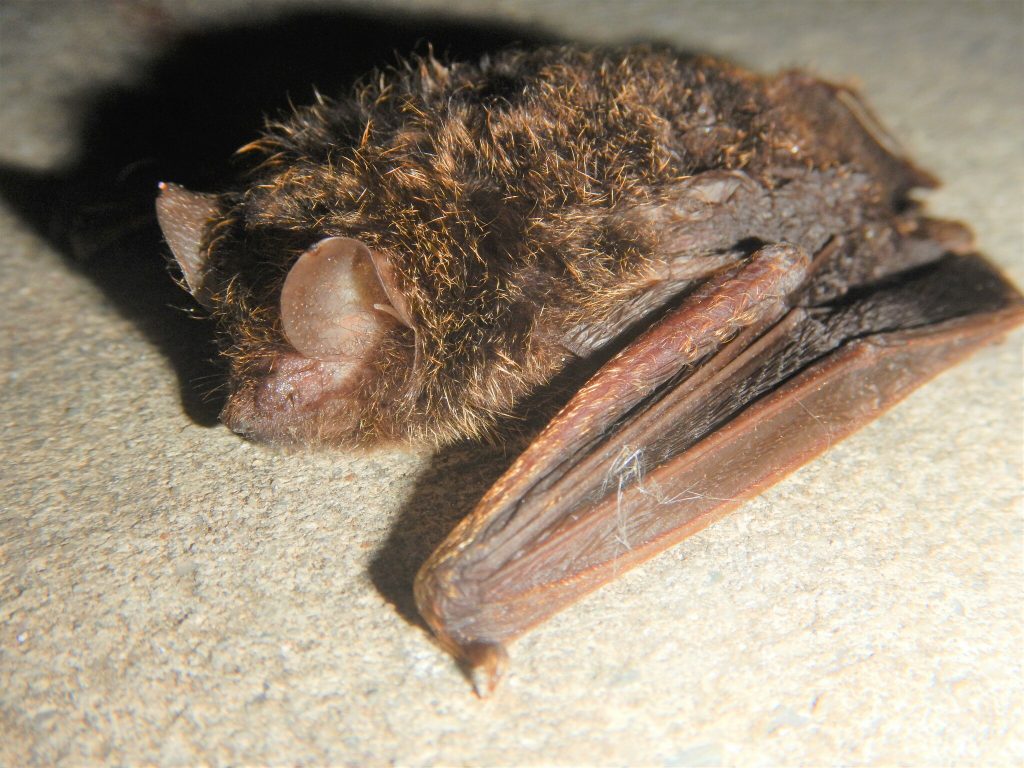19th March is the perfect day to celebrate and share some facts about tax(onomy) in the Atlas of Living Australia (ALA)! We sat down with Cam Slatyer who is a Project Manager in the ALA to chat about his extensive experience and incredible stories working across taxonomy throughout his career.
Q: How is taxonomy evolving in the ALA and what’s your role in this project?
A: The ALA has a fascinating challenge with taxonomy. We bring together data from Australia and the world, historic and new. Taxonomy is a living, evolving science where names are proposed by scientists as theories, some are accepted, and some aren’t. Names change over time. Take the Platypus, which has the scientific name (Ornithorhynchus anatinus). When it was first described by science, it was called (Platypus anatinus), but someone discovered that the name was already being used for a group of beetles (and still is). You can’t have that in taxonomy. The International Codes of Nomenclature (which definitely aren’t like the Pirate Code in Pirates of the Caribbean) try to stop that sort of thing. It’s like not having two people in the same friendship with the same name: they end up getting called Cam 1 and Cam 2 or Blue because one has red hair. This has meant that the poor old Platypus has a scientific name that means duck-like bird-snout… which is a pretty good description really.
In the ALA, we need to cope with all names, for everything from viruses to mountain ash to make sure that data end up under the best available name. That has been a challenge ever since the ALA first started, but now with more than 135 million records, it is vast. My job with my colleagues, is to improve it. We rely heavily on the Australian Government’s Australian Biological Resources Study, who have spent the last few years putting together a National Species List, as well as the Australian Plant Census, run by all the herbaria in Australia, to get our names. We also take names from the New Zealand Organism Register and the International Catalogue of Life to make names match. So our job for the next year or so, is removing things like duplicates, adding missing names and improving name matching. One of our biggest challenges is the differences between Australia and New Zealand. It isn’t just the All Blacks we need to keep an eye on! There are important scientific reasons why Australia and New Zealand have different names for the same things, but we are trying to make sure the New Zealand species have New Zealand names and the Australian species have Australian names.

Q: Tell us about your experience working in taxonomy!
A: I’m not a taxonomist, but I’ve been lucky enough to work alongside taxonomists for many years. I’ve seen an amazing array of new species and been privileged enough to have three species named after me. My favourite experience was working on heritage listing mound springs, which are incredibly important and unique freshwater springs in Queensland and South Australia, having species that are often found nowhere else on Earth. I was accompanying a freshwater snail taxonomist, looking for new species and checking on existing ones. We’d been through dozens of springs and hadn’t found any new species, which was enormously frustrating. I was looking for frogs while my colleagues were sieving for snails (mound spring snails are tiny). I found these little black dots on some leaves and showed them to the scientist. Turns out it was the only new species of the trip, were described and then immediately identified as endangered. Not bad for a frog person!
Q: What are some current challenges in the field of taxonomy?
A: Sadly, the biggest challenge is the same as when I first started working with taxonomists in the late 1990s. We are running out of taxonomists, which is frightening given they are essential for identifying threats such as the recent Varroa mite incursion, or understanding the status of threatened species. Over a third of the taxonomists in Australia are voluntary – retirees or people doing taxonomy in their spare time. Government funding for taxonomy hasn’t been increased since 1974 and museums and herbaria are the mainstay of our capacity.
Q: Do you have a favourite species?
A: Australia has around 154,000 named species. I think I have new favourites as I learn about them. But most of my regular favourites are frogs, including the stuttering frog (Mixophyes balbus) or bats like the golden-tipped bat (Phoniscus papuensis)!

